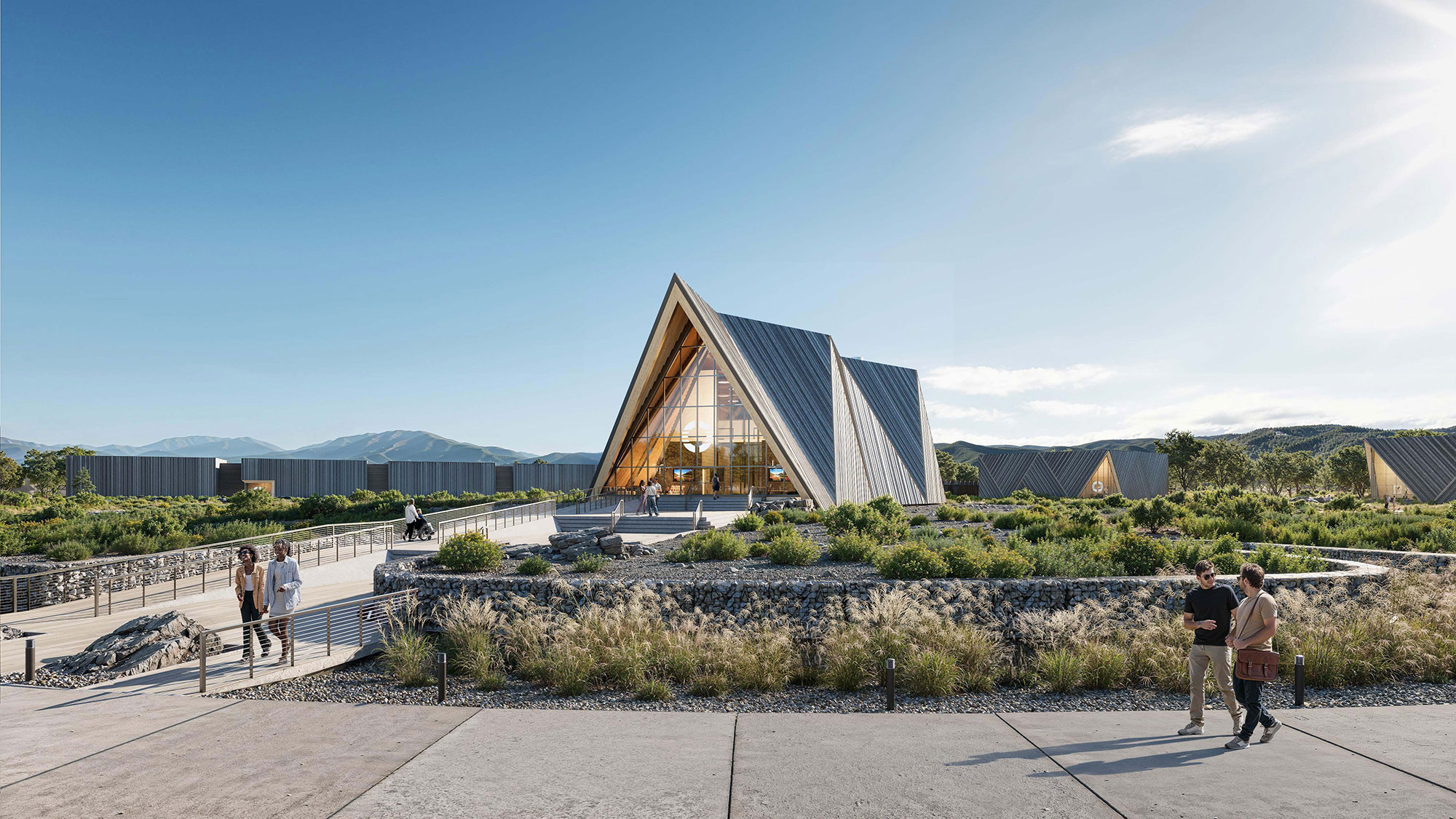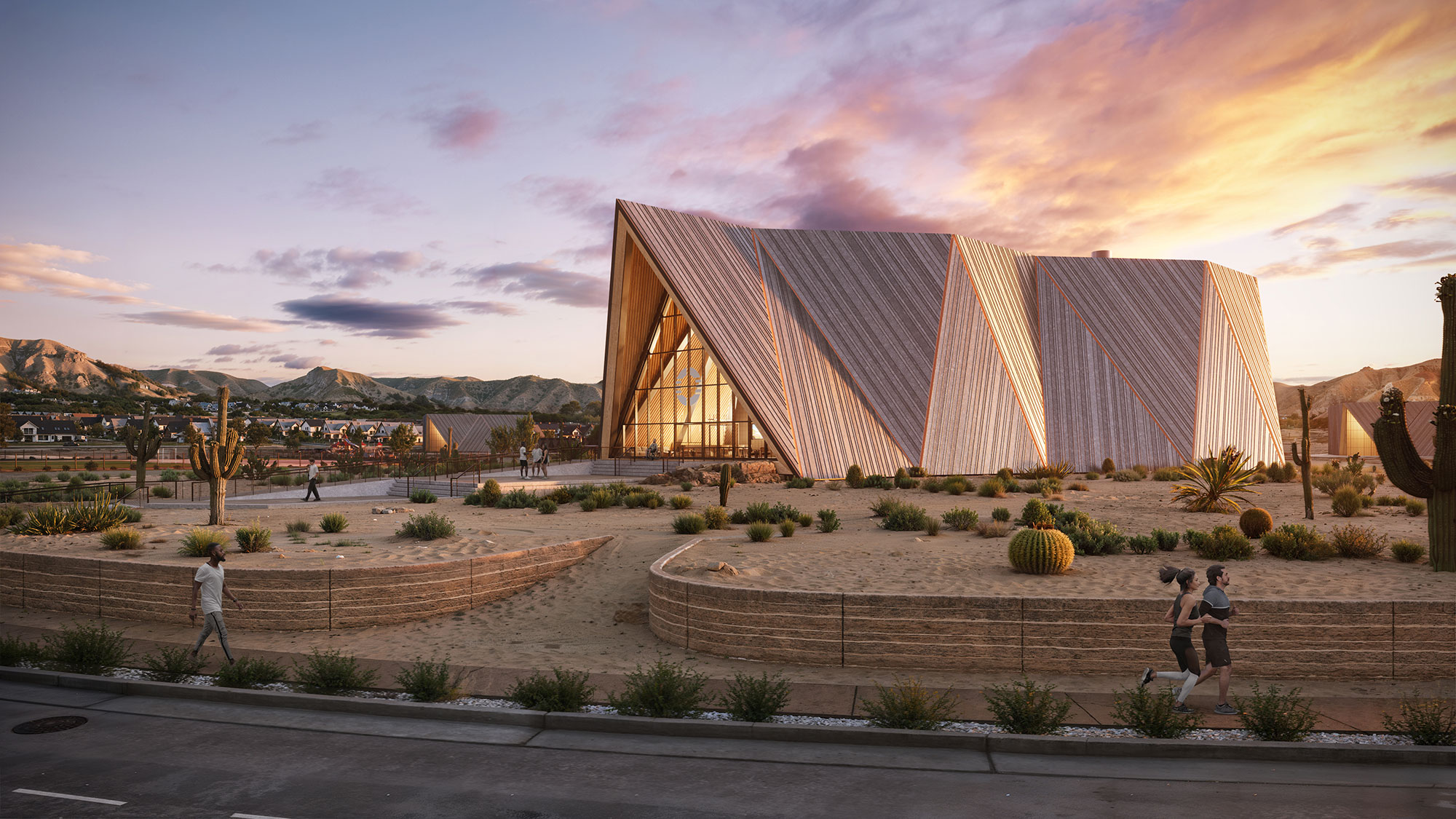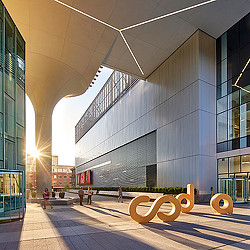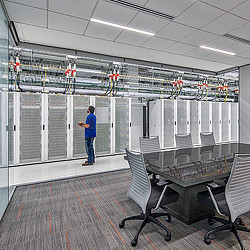The Future of Energy: How Small Modular Reactors Are Changing the Game
As the global demand for energy soars, small modular reactors are emerging as a key player in the race to meet this need with clean, efficient power.
Global electricity demand is projected to increase by more than 50% by 2050, according to the International Energy Agency (IEA), and data centers could consume twice as much electricity by 2026, driven largely by the surge in AI, cryptocurrency, and electric vehicles. As the global demand for energy soars, governments and tech leaders such as Sam Altman, Jeff Bezos, and Bill Gates are placing their bets by investing in a potential source of steady and reliable energy supply: nuclear power.
Small modular reactors (SMRs) are emerging as a key player in the race to meet this need with clean, efficient power. In recent months, news surrounding SMRs has captured the attention of tech companies and governments alike, with investments in nuclear energy on the rise and plans to build these innovative reactors taking shape.
SMRs promise smaller, more versatile, and decentralized versions of traditional nuclear reactors, offering the potential to generate low-carbon electricity while addressing many of the challenges associated with larger nuclear plants. Their potential is vast, and they are already being recognized as one of the most promising technologies in the future of energy production.
SMRs differ from conventional nuclear reactors in a few key ways. First, they are physically much smaller — producing up to 300 megawatts of electricity (MWe), about a third of the capacity of a traditional reactor. This smaller size allows SMRs to be modular, meaning that their components can be factory-assembled and transported to a site for installation. This could offer flexibility in where and how SMRs are deployed.
As global interest in nuclear energy grows, particularly with tech sectors like AI, cryptocurrency, and even life sciences requiring immense amounts of power, SMRs provide a compelling solution. They also represent a significant step forward as nations look to reboot traditional nuclear infrastructure, such as the recent efforts to resurrect reactors like the Three Mile Island plant in Pennsylvania and Palisades Plant in Michigan. The Department of Energy (DOE) recently committed $900 million to accelerate deployment of SMRs, signaling a clear direction that the energy sector is moving.
Why SMRs Are Gaining Attention
Nuclear power has long been a controversial topic, in large part due to the safety concerns raised by major nuclear accidents such as Three Mile Island, Chernobyl, and Fukushima. These events sparked intense debates over the risks and benefits of nuclear energy. However, SMRs appear to address many of the concerns associated with traditional reactors. Their smaller size and advanced safety features mitigate the risk of large-scale disasters, while their flexible design allows for safe, efficient energy production. As the nuclear sector evolves, policies and regulatory frameworks need to keep pace with technological advancements.
The shift toward alternative fuel sources has been gaining momentum for some time, with wind, solar, and geothermal energy vying for dominance. While these renewable sources are critical to achieving a sustainable future, they may not be enough to meet global energy demands and they come with some environmental concerns of their own. This is where SMRs come in. Their ability to produce consistent, zero- or low-carbon energy helps to fill the gaps left by intermittent renewable sources and may provide the grid stability necessary for reliable power generation. Some SMR designs leverage recycled spent nuclear fuel from traditional heavy-water reactors. Currently, the U.S. faces a challenge with spent fuel storage, as most reactors keep their used fuel in on-site pools. As the energy sector continues its scramble for sustainable solutions, SMRs offer a powerful complement to renewables.
In addition to their environmental benefits, SMRs have made significant advancements in safety. Unlike older reactors, SMRs utilize much smaller fuel cores and are designed with passive safety features that utilize gravity and convection to cool the reactor cores.
Their modular design allows them to be constructed in a controlled factory environment, where higher safety standards can be maintained. This modularity could also make SMRs deployable in remote or underserved areas, where traditional energy infrastructure might be lacking.
One such example is the U.S. Department of Defense’s Project Pele, which recently broke ground on the development of a mobile nuclear reactor. This project highlights how SMRs can provide energy resilience in isolated locations, potentially reducing reliance on fossil fuels in military and other critical applications. The ability to deploy SMRs where needed makes them an attractive option for a wide range of applications; however, more practically they will be deployed to a campus like setting where multiple SMRs would serve as a power generation station for cities or even computing districts that draw significant power. This could allow for some autonomy and reduce their strain on the current grid, while providing services like district heating to surrounding communities.

Case Study: Oklo and the Aurora Powerhouse
A standout example of advanced nuclear innovation is Oklo’s Aurora powerhouse, a cutting-edge project that reimagines nuclear energy’s potential. Oklo, in collaboration with Gensler, has designed the Aurora powerhouse to be both functional and visually iconic. The building is intentionally crafted to fit seamlessly into a variety of environments, from urban and suburban settings to remote locations in deserts or wilderness. This flexibility makes the Aurora powerhouse an adaptable solution for regions with varying energy needs, while its sleek design breaks from the typical industrial look of nuclear facilities.
The Aurora powerhouse is designed to generate enough power for approximately 15,000 homes, all with zero emissions. It boasts a remarkable 40+ years estimated plant design life without the need to be refueled for up to 10 years. Oklo’s goal with Aurora is not just to provide clean energy, but also to demystify nuclear power and engage the public. The welcoming design of the Aurora powerhouse, which features a traditional front porch, encourages communities to view nuclear energy in a new, more approachable light.
Central to the design is the use of an A-frame structure, chosen early in the design process for its functional and aesthetic benefits. The A-frame offers greater interior height to house essential equipment while its triangular form provides the strength needed to support an interior crane. This modular design allows for quick, repeatable construction, ensuring that Oklo’s clean energy powerhouses can be deployed efficiently. By combining advanced nuclear technology with thoughtful, accessible design, Oklo’s Aurora powerhouse represents a bold new direction for the future of sustainable energy.
Small Modular Reactors and the Future of Urban Planning and Architecture
As SMRs become more widespread, their integration into urban environments could reshape the way we think about energy infrastructure. Traditional power generation stations often occupy vast areas of land, but SMRs could offer a more compact, flexible solution that could fit within the urban fabric. Architects and urban planners may need to rethink how energy systems are designed and integrated into cities, with SMRs playing a key role in promoting sustainability and reducing carbon emissions.
The rise of hyperscale data centers, which require massive amounts of energy to operate, has added new pressure to the power grid. In areas like Northern Virginia, where data centers are clustered, SMRs could provide a reliable, zero-carbon energy source to meet these demands. By deploying SMRs campuses in data center hubs, energy providers can reduce the strain on local power grids and offer district heating and electricity generation to surrounding communities. SMRs also have the potential to make data centers better neighbors by minimizing the environmental impact of their operations.
The path to deploying small modular reactors highlights both opportunities and challenges. While the technology is ready to deliver clean, reliable power, current U.S. policies pose significant hurdles. The Nuclear Energy Innovation and Modernization Act (NEIMA), signed in 2019, streamlined the licensing process for advanced nuclear technologies, introducing a more predictable process with a 36-month review timeline for standard applications. The ADVANCE Act, signed in 2024, further builds on this by accelerating development and deployment through additional resources and regulatory streamlining.
To bridge the gap, developers, including those in energy-intensive industries like data centers, are exploring transitional solutions — designing projects that initially utilize natural gas turbine power plants with the capability to convert to SMRs in the future. This flexible approach addresses immediate energy needs while paving the way for a sustainable, low-carbon future.
The potential for SMRs to revolutionize the energy sector is immense. With their smaller size, modular design, and enhanced safety features, SMRs offer a flexible, affordable, and sustainable energy solution that could meet the growing demands of modern society. As global interest in clean energy continues to rise, SMRs are poised to lead the charge in next-generation power solutions, reshaping the future of energy for both urban and industrial developments.
Projects like Oklo exemplify Gensler’s commitment to the Gensler Cities Climate Challenge (GC3), striving for a zero-carbon impact portfolio by 2030. Nuclear power stands as one of the most promising paths to a net-zero future, and minimizing our carbon impact not only protects natural resources but also reduces energy demands, costs, and our reliance on non-renewable sources.
For media inquiries, email .









